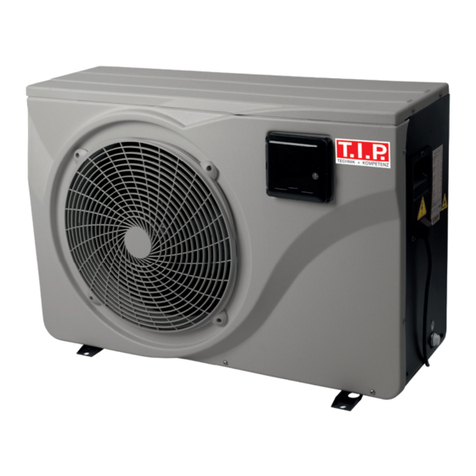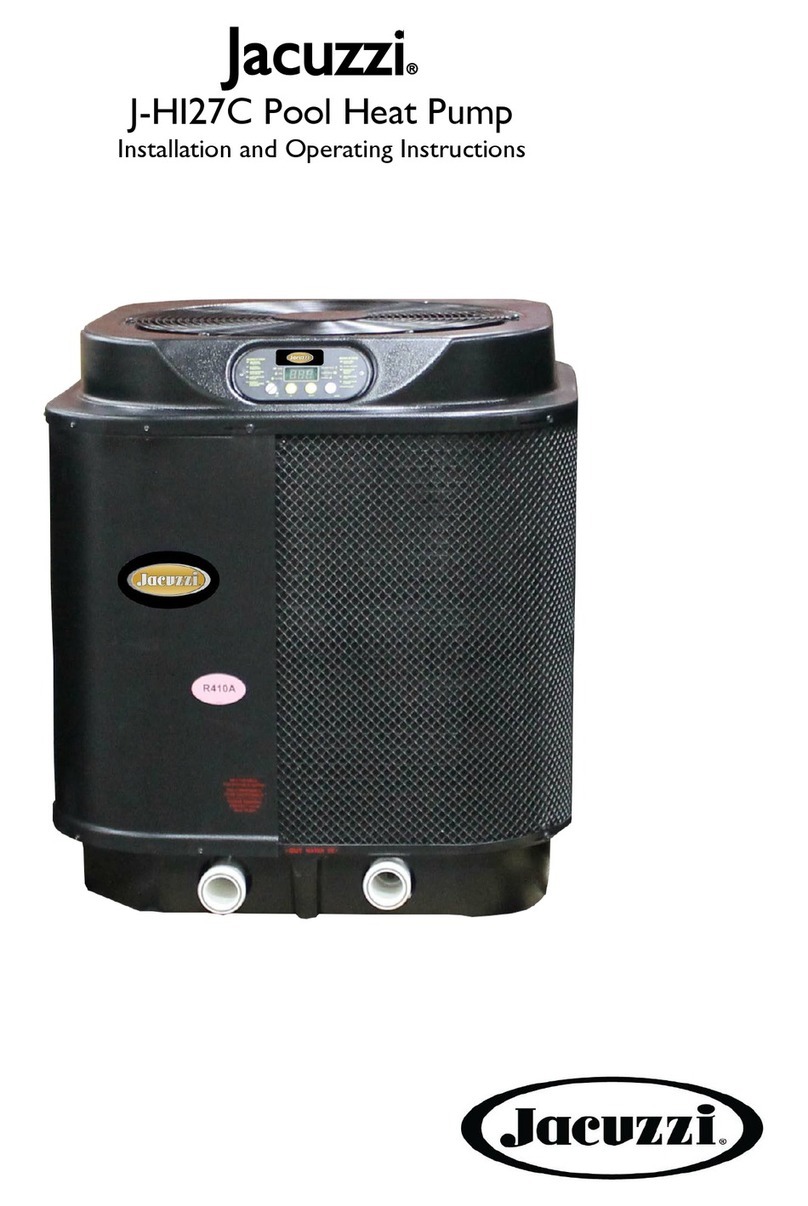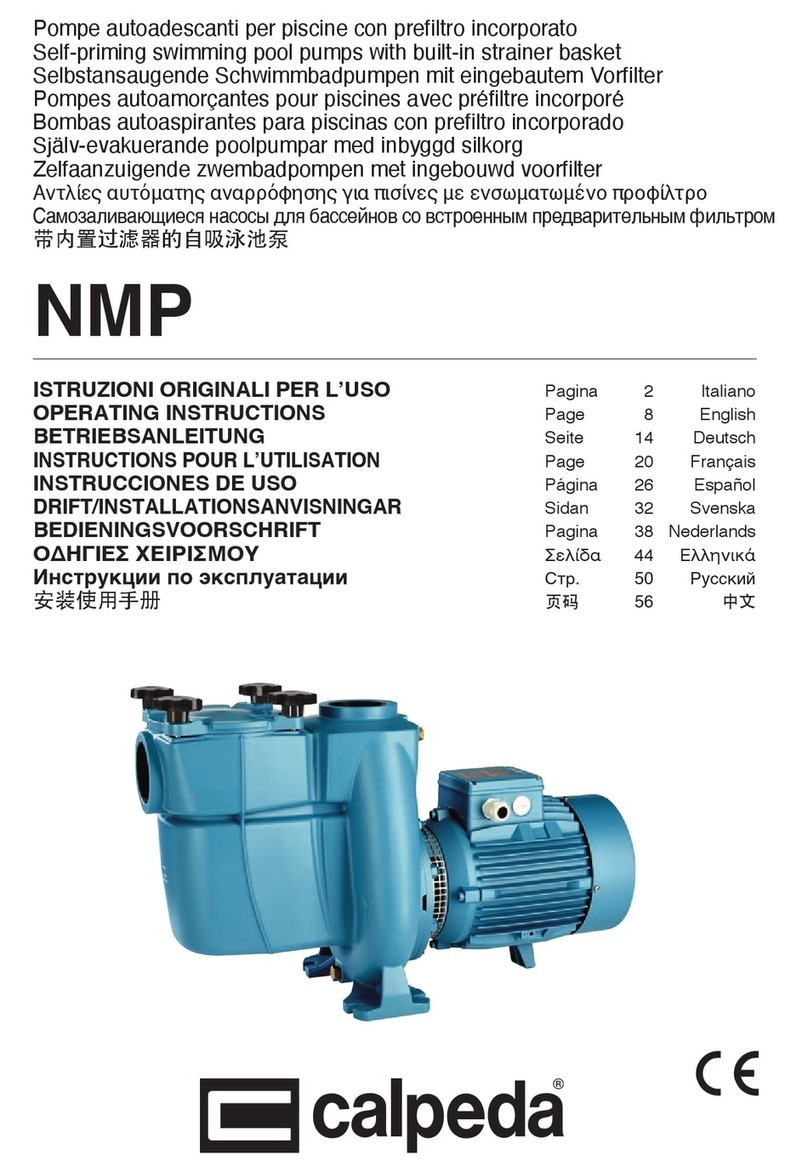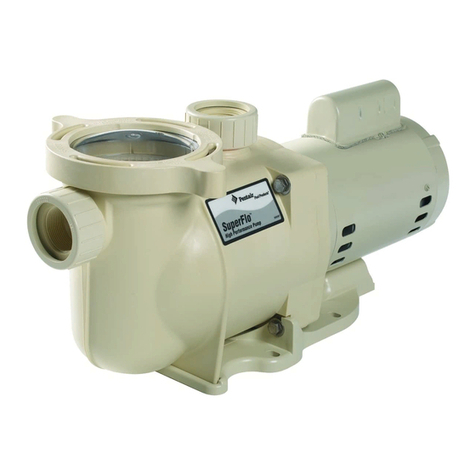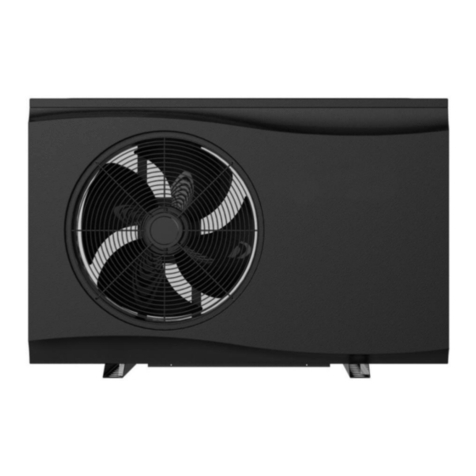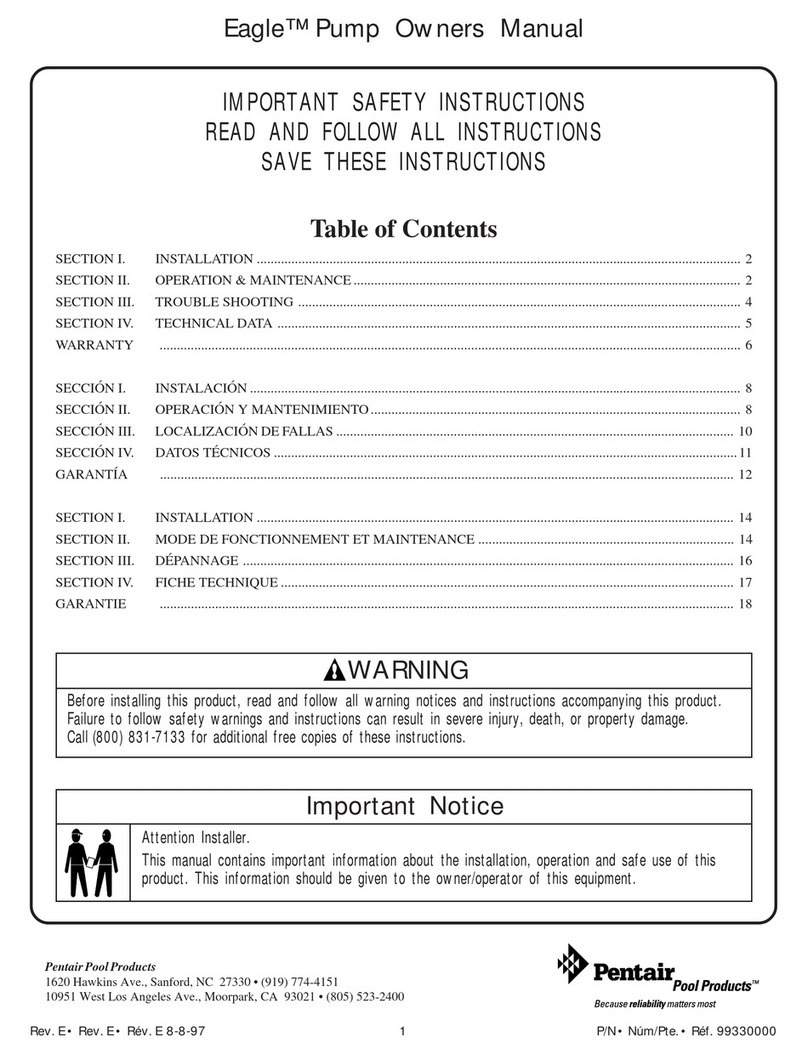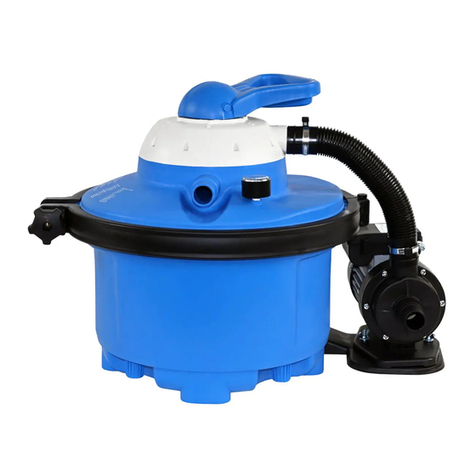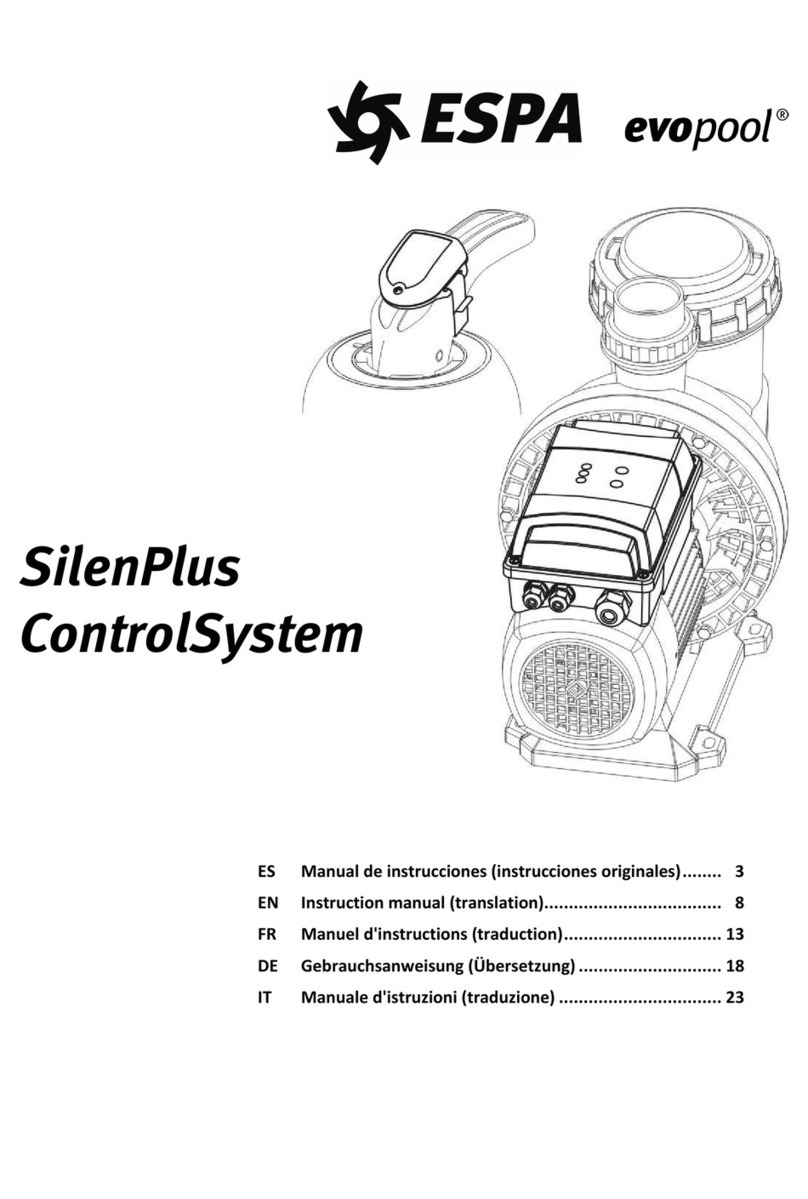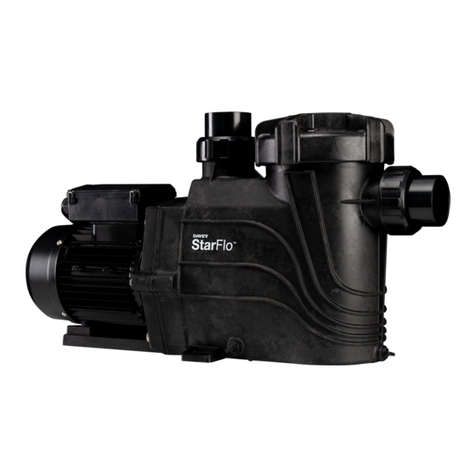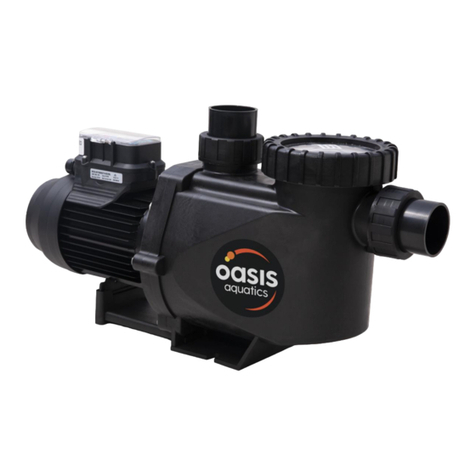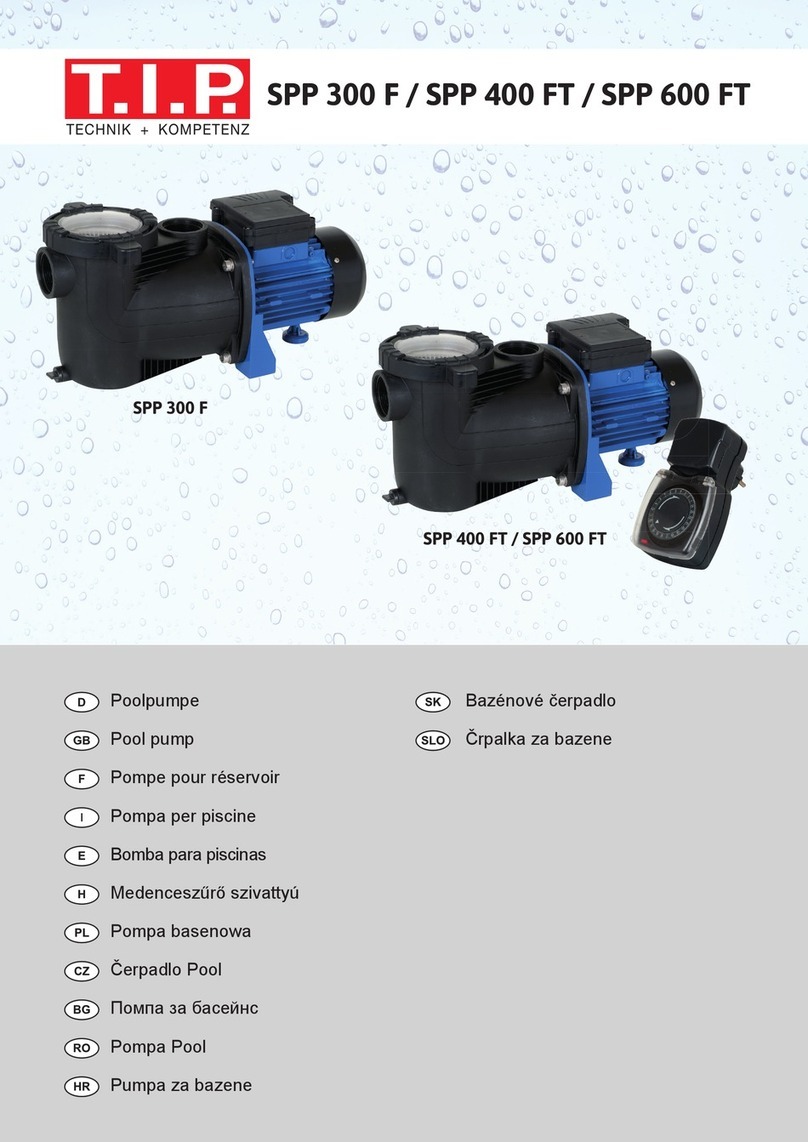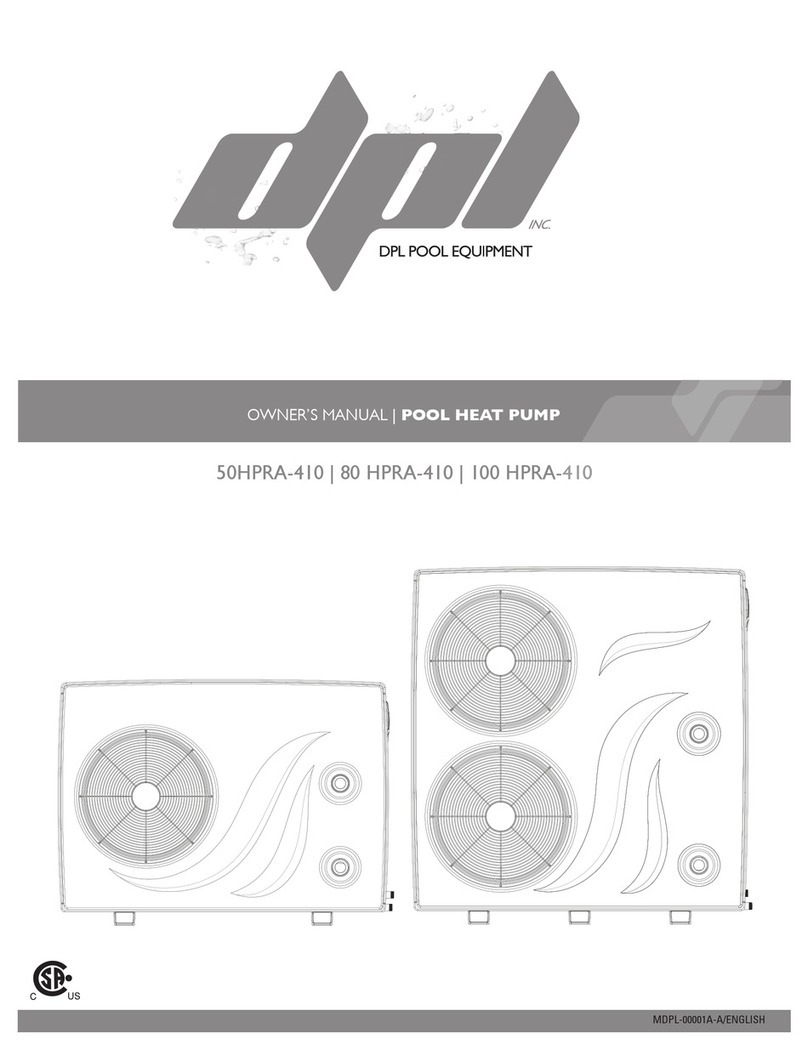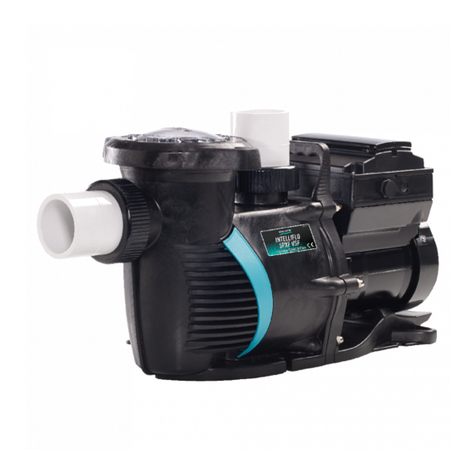
COMBINATION PUMPS
GENERAL SAFETY RULES
1. The products mentioned in this manual are specially designed for the pre-filtering and re-
circulation of water in swimming pools and spas.
2. They are designed to work with clean water at a temperature not exceeding 40℃.
3. The installation should be carried out in accordance with the safety instructions of
swimming pools.
4. During operation, some parts of the pump are subject to dangerous electric voltage. Work
may only be performed on each pump or on the equipment connected to it after
disconnecting them from the main power and after disconnecting the starting device.
5. The user should ensure that assembly and maintenance tasks are carried out by qualified
authorised persons and that these persons have first carefully read the instructions for
service and installation.
6. The operating safety of the pump is only guaranteed if the installation and service
instructions are correctly followed.
7. The limit values stated in the technical table should not be exceeded under any condition.
8. In the event of defective operation or fault, contact the technical support department of the
manufacturer or their nearest authorised agents.
9. If the supply cord is damaged, to avoid hazard, it must be replaced by the manufacturer or
its service agent or a similarly qualified person.
10. The pump must be supplied through a residual current device (RCD) having a rated residual
operating current not exceeding 30mA.
11. Children should be supervised to ensure that they do not play with the appliance.
12. The pump must be protected from running dry.
LOCATION
The pump must be located as close as is practical to the pool. The pump must also be in a position
that enables easy access for periodic servicing.
Care must also be taken to position the pump in an area that is free from flooding and in a well
ventilated and dry area.
INSTALLATION
We have adopted the latest technology when designing and manufacturing our pumps, a few simple
precautions during installation will ensure years of trouble free operation.
1. The pump suction line should not be smaller than 1½” (40mm imperial) or 50mm true
metric.
2. The suction line should have as few bends or elbows as possible. There must not be any air
traps on the suction line.
3. Installation should be arranged on a solid, flat foundation with the pump bolted securely to
it.
4. The pumps electrical cable must be wired for the proper voltage and current in accordance
with the wiring instructions.
5. All wiring (electrical) work must be carried out by licensed electricians and must be installed
in accordance to the local codes.
6. The motor must be earthed.
7. The weight of the plumbing and fittings should be supported and not carried by the pump.
